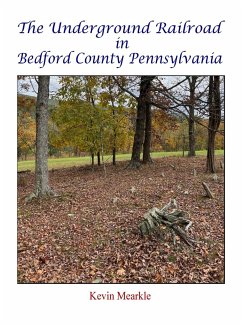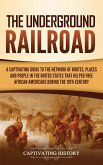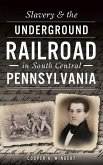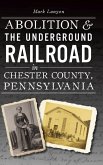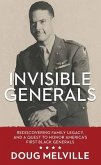The Pennsylvania Historical Museum Commission sponsored a study of the Underground Railroad in 2000. The study noted, "of all the counties in southwestern Pennsylvania, Bedford County probably had the most active free black population and rigorous Underground Railroad traffic." Several factors influenced the flow of freedom seekers. Two slave states were nearby. Bedford County is on the Maryland state line, and Virginia was less than 10 miles from the county border prior to the Civil War. The Appalachian Mountain range extends through Bedford County. Few enslaved people had maps or a compass, but most were aware the Appalachian Mountains pointed north toward freedom. A major transportation hub in Cumberland, Maryland, was a few miles south of the Bedford County line. The first federally funded road in America, the B&O Railroad, and the C&O Canal ran through Cumberland. Enslaved people helped build all three and worked transporting goods after construction. Most workers were aware the Pennsylvania border was tantalizingly close, and the rugged ridges and wooded rolling hills of the area provided ample cover for freedom seekers wanting to remain unseen. Over time, a loose network of white and black supporters of enslaved people formed to serve as guides and provide refuge in secretive hideouts throughout Bedford County. Their stories have been retold in newspapers, local history books and family history papers. Bedford County is blessed to have an unusual amount of information about the Underground Railroad era. Over 50 Underground Railroad agents have been referenced in various documents. Two Bedford County agents have numbers attributed to their efforts. The 1891 obituary of black abolitionist John Fidler, stated: "Mr. Fidler was the leader of the Underground Railroad and hundreds of colored people, probably more than a thousand, were helped on their way to freedom through him." An 1884 biography of Benjamin H. Walker noted: "He has assisted fully five hundred fugitives to gain their liberty, often keeping several of them concealed about his premises for weeks together." The book contains over 100 photographs and images, including 50 pictures of individuals. Other photographs and images feature landmarks, slave registration documents and reward advertisements for runaway enslaved people in nearby newspapers. This book compiles what has been written and references where it was first documented. Many of the locations cited in these stories have been identified, including an unexpected number of structures still standing today. Verbatim excerpts of original source materials are referenced to allow an unedited evaluation of what has been written. The political environment prior to and during the Civil War was often toxic and ugly. Inflammatory vitriol printed in the two Bedford newspapers provides insights into the divisiveness of the era. The Bedford Gazette and the Bedford Inquirer sat on opposite sides of the political divide. A nasty salvo from one newspaper editor often triggered an even nastier volley in response. Every insult imaginable was hurled that could have been uttered in polite company. Excerpts of memorable articles are provided, including one calling Abraham Lincoln, "the poor imbecile who occupies and disgraces the Presidential chair." The Underground Railroad story in Bedford County illustrates the best of human nature and the worst in humanity. It is a story of courageous people risking bodily harm, fleeing into an unfamiliar world and uncertain future. It is a story of kind people risking incarceration and financial ruin to help strangers they would never meet again. It is also a story of despicable individuals who pursued freedom seekers for financial gain and those who tipped off the slave catchers for a share of the reward. More than a century and a half after it ceased to exist, the Underground Railroad remains an unusually compelling story.
Hinweis: Dieser Artikel kann nur an eine deutsche Lieferadresse ausgeliefert werden.
Hinweis: Dieser Artikel kann nur an eine deutsche Lieferadresse ausgeliefert werden.

